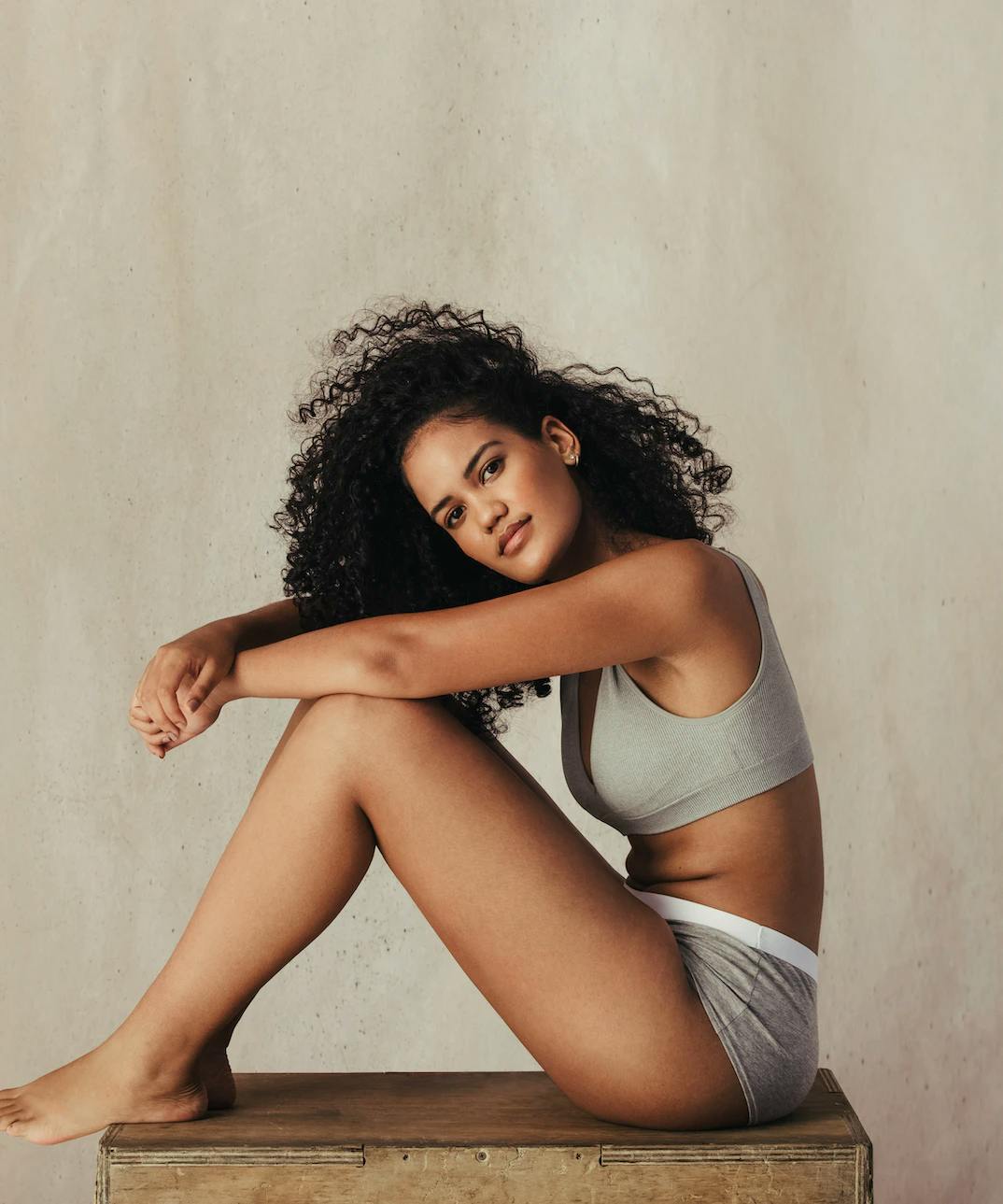Deciphering Hollywood’s Mixed Messaging: Body Positivity And Impossible Beauty Standards
Hollywood and social media emphasize body positivity and inclusivity while also overusing filler, weight loss drugs, and plastic surgery to reach an unrealistic beauty standard. How are we supposed to decipher society’s hypocrisy?

Since Hollywood’s emergence in the early 1900s, it has prevailed as the center of beauty and culture for the American people. Many famous and iconic women and men have lived within its spotlight, glamorizing and idealizing the Hollywood lifestyle. Marilyn Monroe, Audrey Hepburn, and Grace Kelly were embraced as the cultural standards for beauty decades ago. Since the mid-1900s, Hollywood has continued its relevance with unceasing fervency. However, today’s standards and values greatly diverge from what was once considered beautiful. Things like diversity, inclusion, and body positivity remain at the top of the list for what Hollywood emphasizes, usually in a way that negatively distracts from anything else. But is this new assortment of ideals only uplifted in word and not deed?
The body positivity movement surfaced during the 1960s and 1970s around the same time second wave feminism gained popularity. The NAAFA (National Association to Aid Fat Americans) advocated “for equal rights for people of higher weights and criticized the diet industry.” Since then, the term “body positivity” has exploded in popularity, gaining the most traction from social media platforms. In the same manner, Hollywood and celebrities have pushed inclusivity regarding body size, attempting to normalize obesity and unhealthy lifestyles.
Rules for Thee, but Not for Me
While the general population is told that obesity is something to celebrate, celebrities are thinner than ever, ushering in the revival of the "heroin chic" era. Mindy Kaling, a vocal advocate for body acceptance, recently appeared at an awards show with a shockingly thin figure fans couldn't ignore. This caused many to speculate the possible use of a trending medical drug called Ozempic, originally intended to help individuals with type 2 diabetes. Other celebrities have come under speculation for use of the new drug as well. Once praised for their curvaceous figures, the Kardashian sisters, Khloe and Kim, have lost a significant amount of weight within the last several months. Many believe they have also utilized Ozempic to achieve their current physiques. Although many celebrities have sustained speculation for taking the drug, only a handful of celebrities have confessed to their use of the drug despite a recent shortage.
Contrasting the message of body acceptance, countless celebrities and influencers also receive expensive plastic surgery, oftentimes without any sort of disclosure to their fans. Bella Hadid, a famous runway model, recently shared with Vogue magazine that she had a rhinoplasty at the age of 14. Although she claims she regrets the surgery, it is likely that the nose job assisted her in obtaining her current popularity within the modeling industry. Regardless of its effect, Bella failed to admit any sort of plastic surgery for 11 years.
Celebrities will promote body positivity yet they themselves value thinness, artificial youth, and unattainable beauty.
More subtle types of procedures such as filler, Botox, and “tweakments” have become even more normalized. Buccal fat removal, a procedure that removes excess fat from facial cheeks, has also been trending for the last few months. The only celebrity to admit this procedure so far is Chrissy Teigen even though many other celebrities including Zoe Kravitz, Bella Hadid, and Demi Moore appear to have also undergone this surgery.
Famous individuals will promote body positivity and self-love to the public yet they themselves value thinness, artificial youth, and unattainable beauty. The combination of Hollywood’s promotion of body positivity while maintaining impossible beauty standards leaves the general population confused and disillusioned. Their seemingly harmless message of self-acceptance quickly becomes insincere and disingenuous. Although there is truth to understanding our innate value, Hollywood has taken that message too far by insinuating we are perfect "as is" and there's no need to lead a healthy lifestyle or make smart choices when it comes to our diet. This type of behavior is elitist in nature by telling the public to embrace their natural selves while clandestinely changing and adjusting themselves. Few would admit their own discrepancies, but it’s implied with their behavior and choices.
What’s the Solution?
So what are we to make of the impossible beauty standards that Hollywood sets in conjunction with what they promote as "healthy"? First, we should recognize that not all celebrities follow the double standards we so often observe from Hollywood. Emilia Clarke, an actress known for Game of Thrones, chose to age naturally instead of injecting herself with all different types of fillers. A few other celebrities who have spoken out against Hollywood’s impossible beauty standards include Jamie Lee Curtis, Jennifer Aniston, and Cameron Diaz. They have boldly chosen to reject how Hollywood has bred them to appear and, instead, they genuinely embrace their natural beauty and individual features.
We must value truth, goodness, and beauty above whatever trend or ideal celebrities are endorsing or supporting at the moment. Although following certain influencers and celebrities can be fun and harmless in nature, we must take what they say with a grain of salt. Our standards for appearance should be based on what we know and understand to be healthy and valuable to our well-being regardless of what culture permits.
Don’t miss anything! Sign up for our weekly newsletter and get curated content weekly!